09:00 - River Gurara Popa & River Gurara Proa (Saída Dupla)
Marzo 14
De Arrábida al cabo Espichel, el verde
combina perfectamente con el azul del mar.

Con más de la mitad del territorio del área protegida, el municipio de Sesimbra es un lugar privilegiado para aquellos que les gusta disfrutar de la naturaleza. En Arrábida, el Cabo Espichel, su verde en la montaña se funde a la perfección con el azul del mar creando paisajes únicos.
Sesimbra había tenido siempre una estrecha relación con el mar. Primero a través de la pesca, que durante generaciones ha sido la actividad principal de la comunidad, y que todavía tiene una gran importancia para la vida de la provincia, y más tarde, a través de las actividades marítimas como el Buceo turístico.

El municipio de Sesimbra pertenece al distrito de Setúbal, que se encuentra en la región de Lisboa (NUTS II), la península de Setúbal (NUT III) ocupa una superficie de 195,7 km2 y abarca tres parroquias: Santiago, Castillo y Quinta do Conde.
En el municipio había, en 2005, un total de 42.076 habitantes nativos o habitantes de Sesimbra llamados sesimbrão.
El municipio limita al norte con los municipios de Almada y Seixal, Setúbal está al este visto desde el oeste y al sur con el Océano Atlántico.
Tiene un clima mediterráneo, con un período seco de alrededor de 80 a 100 días durante el verano, cuando la temperatura promedio oscila entre 23 ° C y 29 ° C. En invierno las temperaturas son suaves. Cabe destacar las situaciones microclimáticas debido a la influencia de las montañas de Arrábida.

La Morfología de Sesimbra está marcada por la grandeza del Convento de los Capuchinos, con 501m de altitud, y la Serra dos Pinheirinhos.
En estas tierras, destaca el Área del Paisaje Protegido de los Acantilados fósiles de Costa da Caparica, que está pasando por encima de la llamada. La Tierra de la Costa se extiende casi hasta la laguna de Albufeira. Aquí hay hermosas formas de la erosión, las características geológicas y extensiones hacen de los acantilados fósiles de la Costa da Caparica un lugar din preceentes en nuestro país. Posee una flora y fauna muy importantes, y la excesiva presencia humana, sobre todo en el verano, pone en peligro el equilibrio ecológico
Lo más destacado es el Parque Natural de Arrábida, que abarca las áreas de la reserva completa y la parcial. Esta última abarca la reserva botánica (Mediterráneo maquis) siendo partes geológicas (piedra caliza), de la reserva zoológica (marinas y terrestres) que conforman el paisaje.
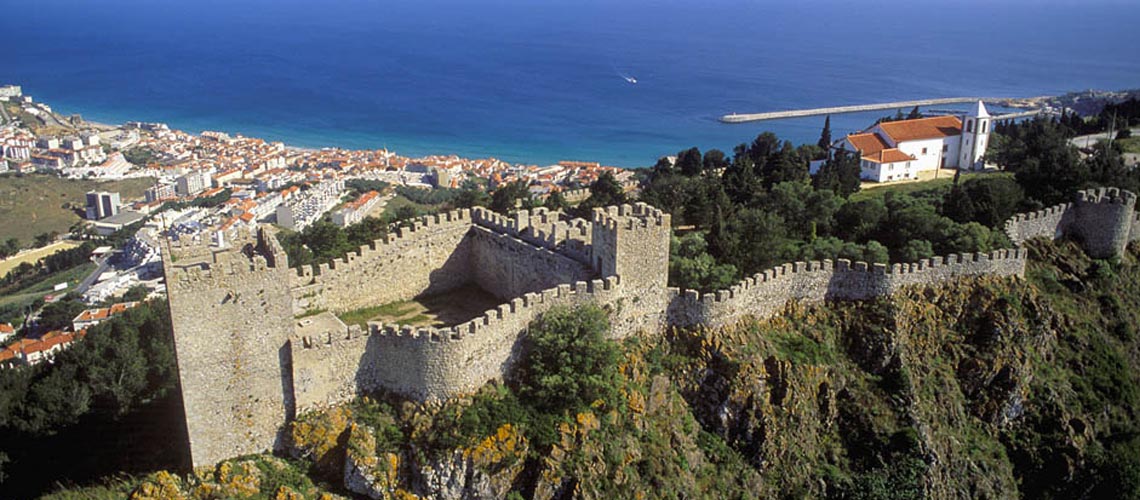
En la tierra de Sesimbra encontramos varios restos de fósiles de dinosaurios, comoen los acantilados de Cabo Espichel.
Las tierras de este municipio fueron conquistadas, a finales del siglo XII, por los moros D. Sancho, ayudados por los cruzados franceses. En 1201, le fue concedida una carta por el rey Sancho I y, en 1260, fue donada a los Caballeros de Santiago.
En 1323, Dinis creo la aldea, siendo un importante puerto pesquero, incluyendo pesca de agua dulce.
A principios del siglo XVIII, Sesimbra comenzó a ganar una característica en el desarrollo relacionado con el verano, emergiendo una serie de albergues para el alojamiento de los turistas y los peregrinos de el santuario de Nuestra Señora del Cabo.
En términos de patrimonio arquitectónico, se encuentra el castillo de Sesimbra, y la idea era mantener las líneas de las paredes y el interior, donde se puede observar, entre otras estructuras un molino y los sistemas de silos excavados en el suelo, con cronologías que van de entre el musulmán y la Edad Moderna.
También destaca el Fuerte de Santiago, en cuyo patio se puede ver todavía una gran pintura sobre madera de mediados del siglo XVII, que representa a San Iago y un corcel, espada en mano, sobre un grupo de españoles .
También es importante destacar la iglesia de Santa María do Castelo, en 1160, reconstruida en el estilo manierista del siglo XVIII, y el santuario mencionado de Nuestra Señora del Cabo Espichel, cuya referencia más antigua data del siglo XII, y con toda seguridad principios del siglo XV. Estas constituyen un ejemplo de la arquitectura popular portuguesa con la Iglesia de Nuestra Señora del Cabo y la Cámara de formas cónicas. Ambas flanqueadas por arcos que dan grandeza a la totalidad de la iglesia. La fachada de la iglesia tiene tres puertas, flanqueada por dos campanarios tradicionales de la Santa Esperanza que reconoce que el culto es de origen islámico, y más tarde fue cristianizado.

The Arrábida protected area has become the habitat for a wide variety of fauna species, including about 650 invertebrates and 200 vertebrates that include 12 amphibians, 17 reptiles, 34 mammals and 136 birds.
There are birds of prey that nest on the cliffs as the Bonelli's eagle Hieraaetus fasciatus, the buteo Buteo buteo and the common kestrel Falco tinnunculus. Cabo Espichel is part of the preferred routes for migrating birds.
Bats use the cliffs caves as shelter for reproduction and hibernation. Some bats species are in extinction danger as the bat of plush Miniopterus scheibersii.
It is also important to mentioning the presence of the fox Vulpes vulpes, the weasel Mustela nivalis and the genet Genetta genetta.
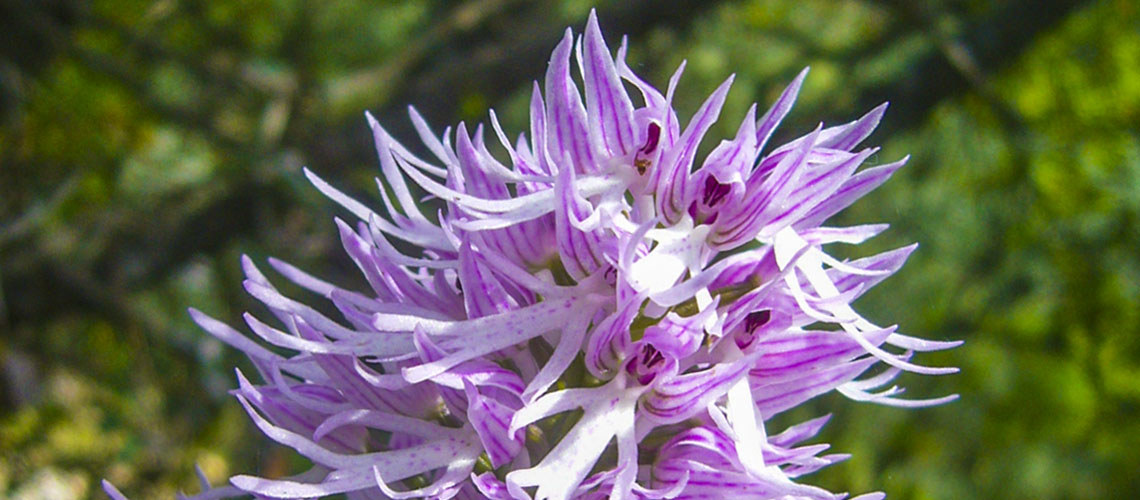
The privileged geographic location associated with the geological and climatic conditions in this hillside allowed the development of a vegetation with unique characteristics which represent an important role in national and international conservation.
Until now 1450 species and subspecies of plants have been found in the Arrábida natural park, most of them with Mediterranean distribution, but also Macaronesian and some Eurosiberian species.
Here we highlight the oak Quercus faginea and the gorse Ulex densus, an endemism of the Portuguese west-central limestone, which is very common on the Cape Espichel that makes an intense yellow landscape in April.
The high botanical value is due to the presence of unique floristic associations with species such as rosemary, thyme, heather, fennel, myrtle, as well as the extraordinary beauty of most flowers: the yellow-flowered daffodil, the orchid, the rosebush, some of them essential for beekeeping.
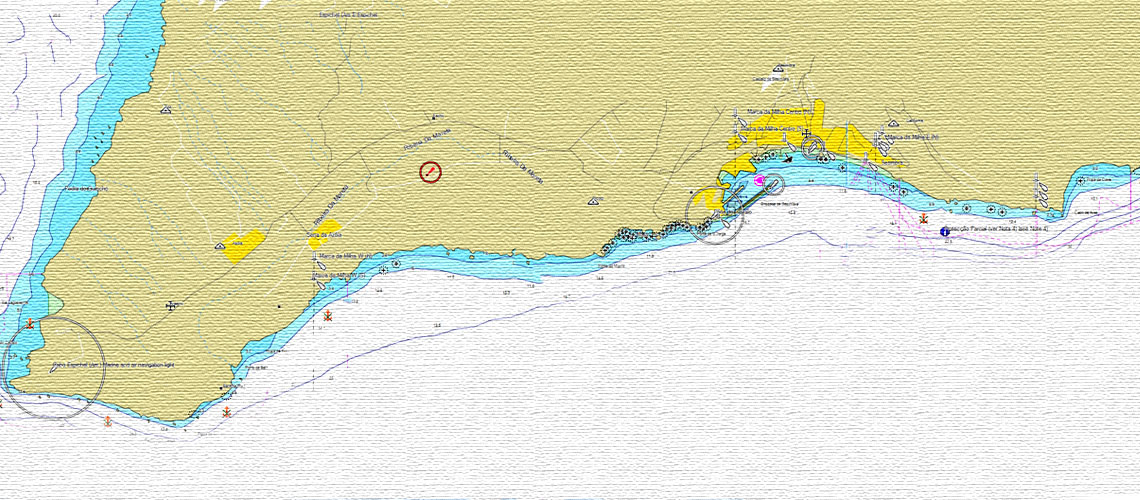
Sesimbra is located in a huge bay facing south, the weather being predominantly north, it is very sheltered throughout the year allowing unique conditions for diving.
The water temperature varies between 14ºC in the winter and 20ºC in the summer, so it is ideal to use a semi-dry suit in the summer and dry suit in the winter.The visibility varies between 5 meters and 15 meters, however, all dives have a great amount of life due to more than 1400 species in the area.
Dives are done in semi-rigid boats and the trips are usually short and it's usual to return to the boarding pier after each dive.
Customed for the efficiency and comfort of divers, we have male and female spas with a capacity for 60 people, hot water shower with towel, two classrooms, technical zone with all equipment to rent, shop with the best brands and a place where you can relax before and after dives. We are an Aqualung center with about 50 equipments available for use by our customers.

In our center you will find a shop specialized in diving equipment, two classrooms, male and female spas, filling station, space to wash and dry your equipment as well as a terrace area where you can relax after your dive.

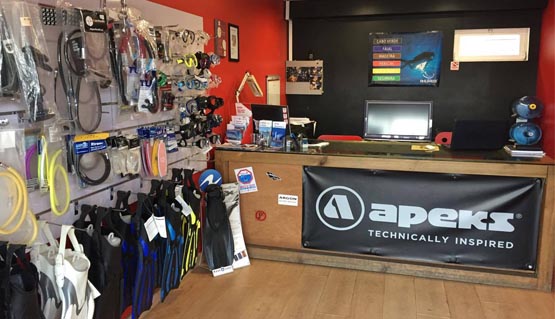




Know the characteristics.
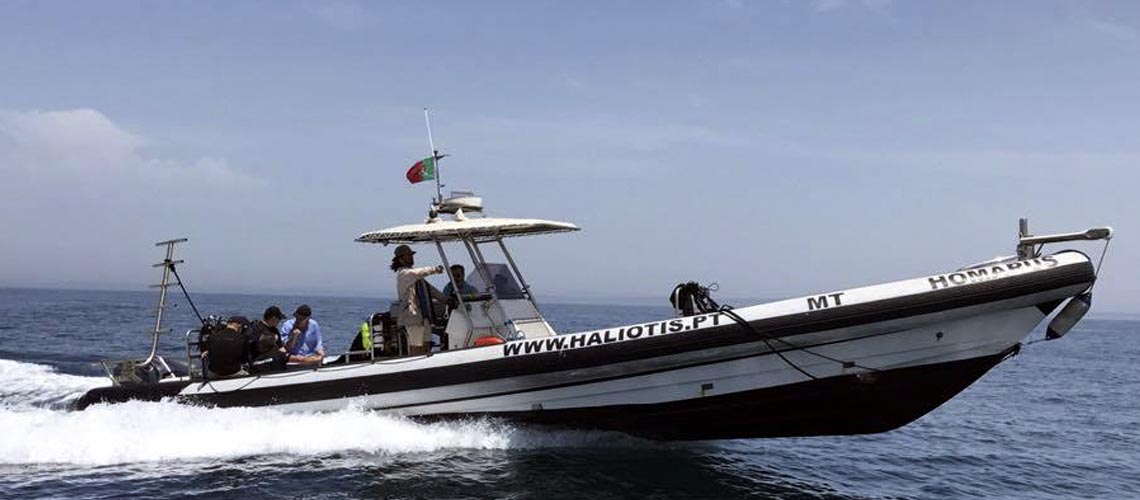


Know our roots.
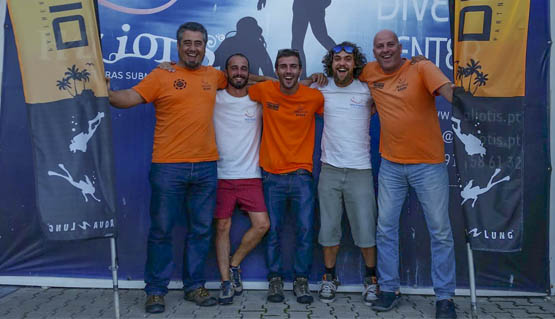

Conozca a los miembros de nuestro equipo, que trabajan diariamente para brindar las mejores experiencias subacuáticas.

Paulo Freitas
Base Leader paulo.freitas@haliotis.pt
Hillary Santamaria
Dive Instructor hillary.santamaria@haliotis.pt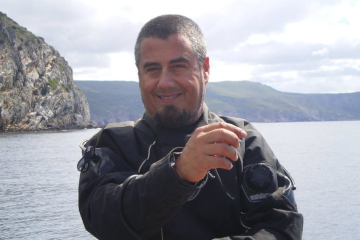
Paulo Guerreiro
Dive Instructor paulo.guerreiro@haliotis.pt
Tel. +351 910 586 132
Tel. +351 218 006 356
Fax. +351 210 996 386
e-mail: sesimbra@haliotis.pt
El Haliotis fue apoyada por Promar y el QREN en un proyecto de desarrollo de una Guía de especies submarinas Portugal y en las tareas de sus herramientas de gestión, así como la promoción internacional.
Licenced by Instituto de Desporto de Portugal

All insurance by Mútua dos Pescadores

Operator Maritimo Turistico with licence Nº17 by Capitania do Porto de Peniche

Tourism licence 9/2009

Licened by Instituto da conservação da Natureza

Company registered in RNAAT with activities recognized as Nature Tourism

Hotel do Mar is the perfect Hotel to stay if you are diving with us!
Click here for more information.
